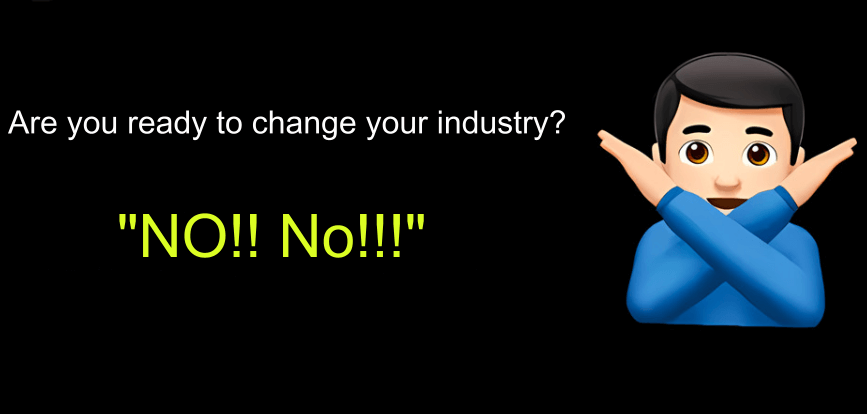Many people think that dealing with superiors is all about "managing upwards."
When the term "managing upwards" is mentioned, the impression people often have is that it involves being a "yes-man" or being good at reporting.
This is a very unhealthy mindset.
Why?
First, having this mindset makes you instinctively resist communicating with your superiors.
Second, if your personality doesn’t align with your superior’s and you lack communication skills, it can cause even bigger problems.
If you’re in this situation and want to change, this article should be helpful for you.

Step 1: Change Your Fixed Perception of "Managing Upwards"
Perception is always the most important factor.
If your perception doesn’t change, your body will resist, and your actions will be distorted.
So, begin by viewing "managing upwards" as a positive thing.
When managing upwards, there are only a few key areas you need to align on:
What has happened
How you plan to handle it
Your superior’s views and suggestions
What resources and support you need
By defining "managing upwards" in this way, you’ll naturally stop resisting communication.
Step 2: Understand and Familiarize Yourself with Your Superior’s Personality
Everyone is different, and people vary in many ways, such as:
Personality
Principles
Experience
Skill set
Background
Problem-solving approaches
And much more
Those who have worked with multiple leaders in their career will understand that different leaders can be very different from one another.
How do you get to know your leader?
Observe their logic when solving problems, what triggers their anger, how they express it, and whether they have certain principles or bottom lines.
Usually, after interacting with them a few times and paying attention over a period, you’ll start to understand.
Since there are so many differences between leaders, "managing upwards" cannot be approached the same way with everyone.
Step 3: Adjust Your Focus and Communication Based on Different Leaders
Simply put, it’s about "speaking differently to different people."
This is just a humorous way of saying it, not meant to belittle anyone.
Let me share a few examples of superiors I’ve worked with:
The first superior valued results.He was very results-oriented and cared mostly about short-term value.
Whether short-term results could be achieved was his main concern.
How you achieve those results was up to you to figure out.
If you could achieve results and needed resources, he would help you figure out a way to get them.
So, everyone had different methods, as long as they delivered good short-term results.
When dealing with a leader like this, here are a few things to keep in mind:
If you talk to him about long-term value or systematic construction, he likely won’t be interested.
You should focus on clearly explaining what needs to be done, what resources are required, and how the goal can be reached.
As for long-term projects, briefly update him if necessary, but keep resource investment in these areas minimal.
The second superior valued process.He was quite different from the first leader. While results were important to him, he also placed great emphasis on compliance and long-term development.
In several meetings, he offered many ideas and suggestions, but he always concluded with something like:
"We don’t need to implement this year, but the design should consider future scalability. We’ll move towards it slowly."
"If you can design it right from the start, taking an extra month or two isn’t a big deal, as long as we don’t have to redo it later."
He valued long-term development and reducing future rework.
When dealing with a leader like this, the approach is different:
Discuss compliance: Be clear about what can’t be done. This leader will not entertain any "grey areas" like the previous one might.
Discuss the big picture: Explain the overall design, where we’re at now, what level we’ll reach in a few months, and how we’ll achieve future scalability.
He’ll care about scalability, adaptability, short-term vs. long-term goals, and reducing rework.
If you can understand the styles of different leaders, it becomes much easier to "play to their strengths."
Naturally, when you communicate upwards, everything will flow smoothly.
With effective communication, collaboration becomes more seamless.






